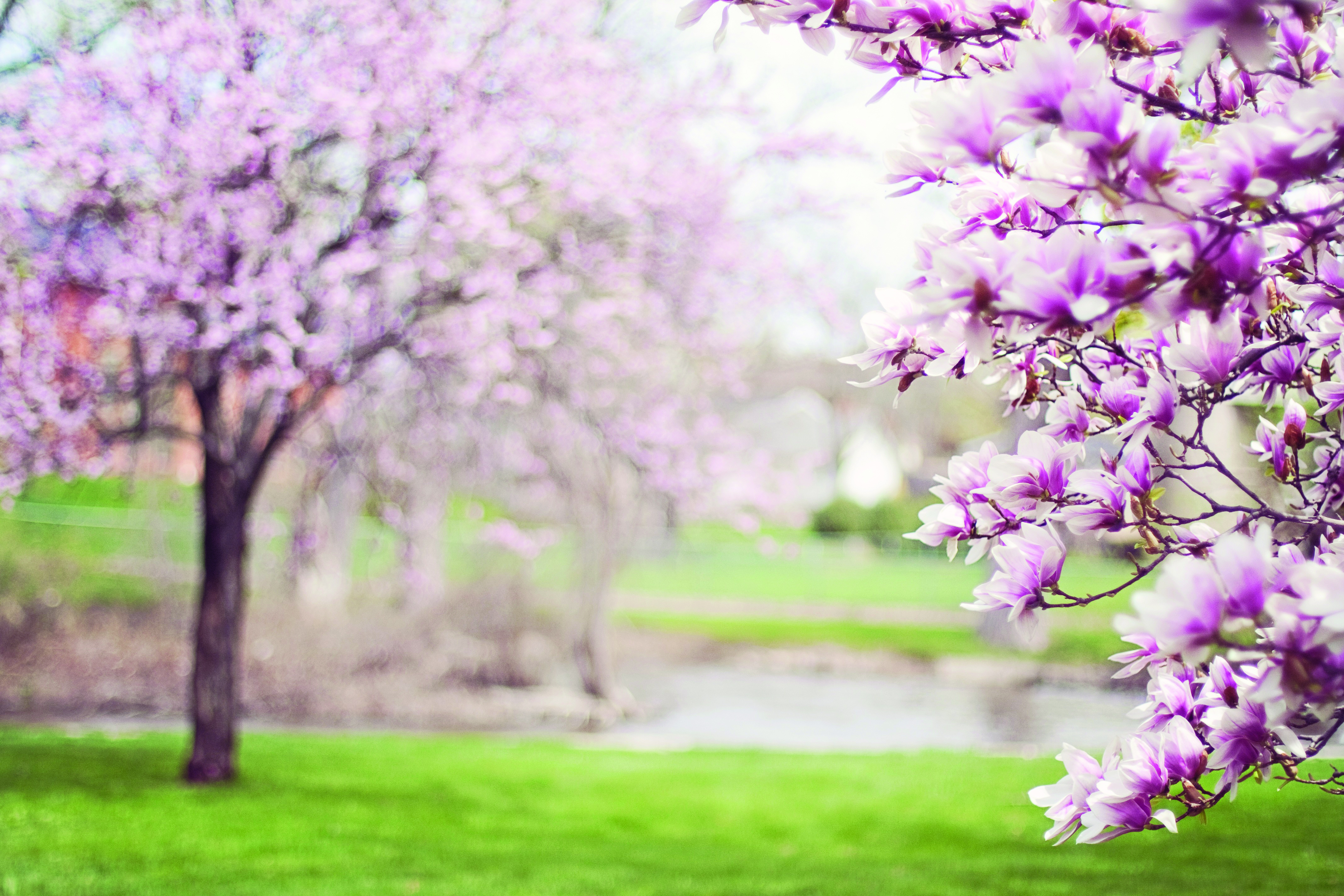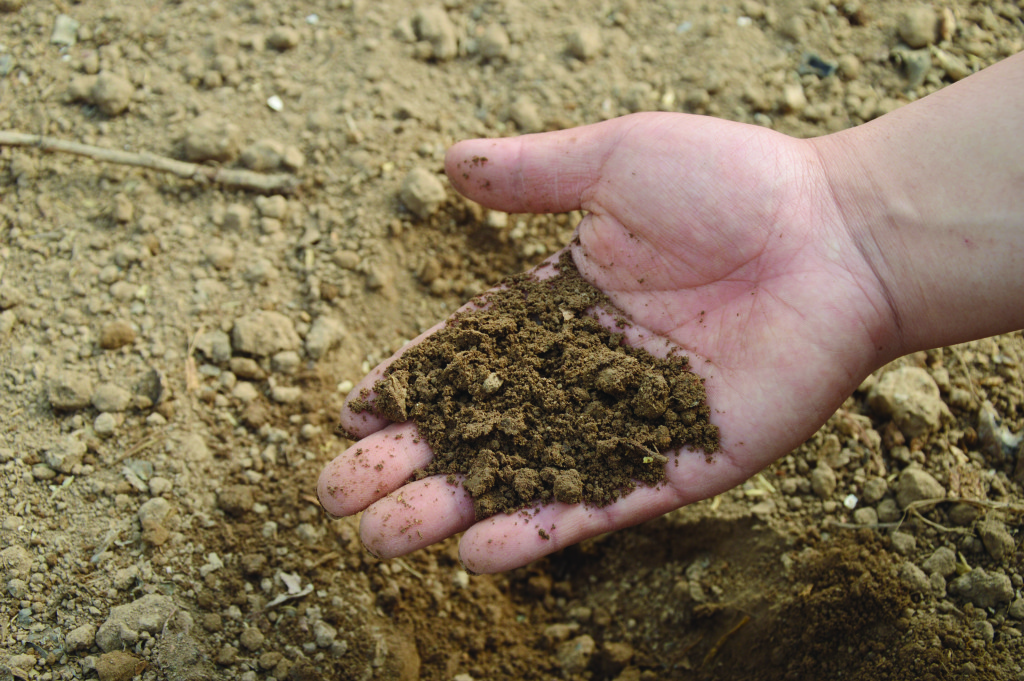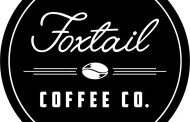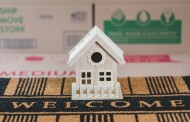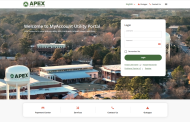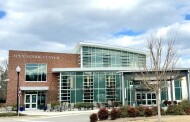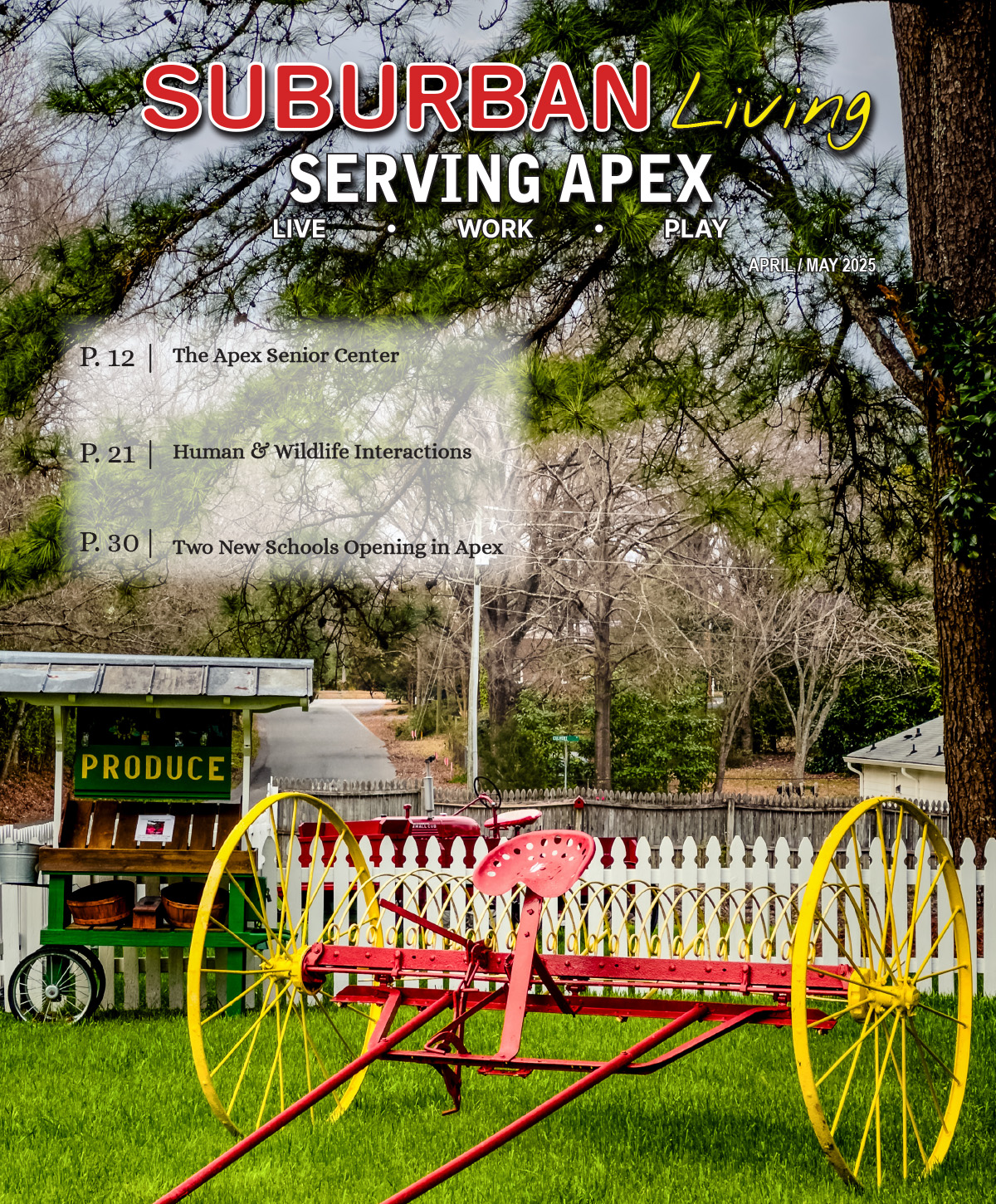If you want to optimize the health and beauty of your landscape, fertilizing in the spring is essential. In a natural setting, trees and shrubs thrive in nutrient-rich soil. Soil naturally receives its nutrients from organic material such as decomposing leaves, dead plant material, animal byproducts, etc. In a suburban environment we have more turf than trees, we remove our leaves, and often developers remove the top layer of soil to resell that which is generally the most nutrient rich. The way to correct this deficit is through fertilization. Spring is a crucial time for fertilization because fruit and flowering trees are producing their flowers and everything is vigorously growing.
When you purchase a fertilizer, whether organic or synthetic, there are three crucial numbers on the bag, generally in an xx-xx-xx format. These numbers stand for the levels of nitrogen, phosphorus and potassium.
Nitrogen
Nitrogen is a primary component of proteins and is part of all living cells. Nitrogen is usually the most important nutrient in the plant for the tree’s growth. Lack of nitrogen can cause smaller leaves, yellowing leaves, short branches, early leaf drop, reduced root growth, and contribute to increased risk of disease or environmental stresses.
Phosphorus
Phosphorus is important for photosynthesis, energy storage, and the production of flowers, fruits and seeds. If you have ornamental trees like Dogwoods and Flowering Cherry trees, phosphorus is essential to increase how plentiful and vibrant the flowers will be.
Potassium
Potassium helps to regulate the water levels in trees and will help the tree overcome drought stresses. It will also improve the tree’s winter hardiness and increase its resistance to disease. It is highly recommended to have your soil tested before starting any fertilization plan. Contact your local arborist for soil testing options and plant health care programs based on your specific needs.
Another issue with fertilizing is how often. A good general rule for maximum effectiveness is 3-4 weeks between applications. If the tree has been recently planted, do not fertilize for at least 6-8 weeks from the date of installation.
A recent study shows that in the Carolinas, your landscape affects the value of your home by 11.4%. That is as much as $39,900 on a $350,000 home. Investing in a plant and tree healthcare plan is not only going to give you more enjoyment at your beautiful home, but it can also have a major impact on your home’s value.
Wes is an arborist with Monster Tree Service

